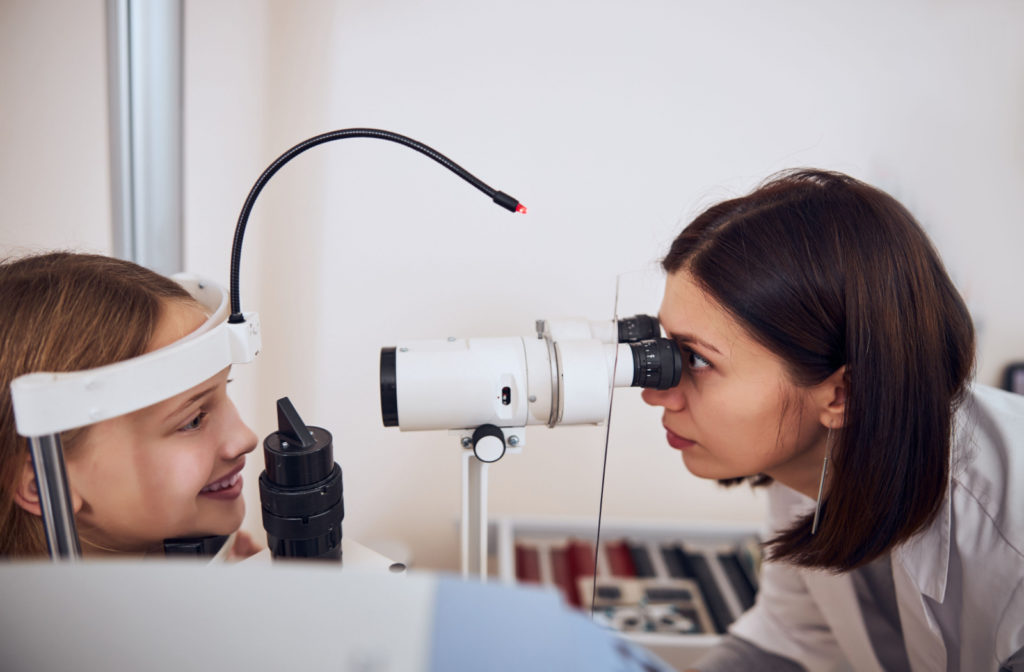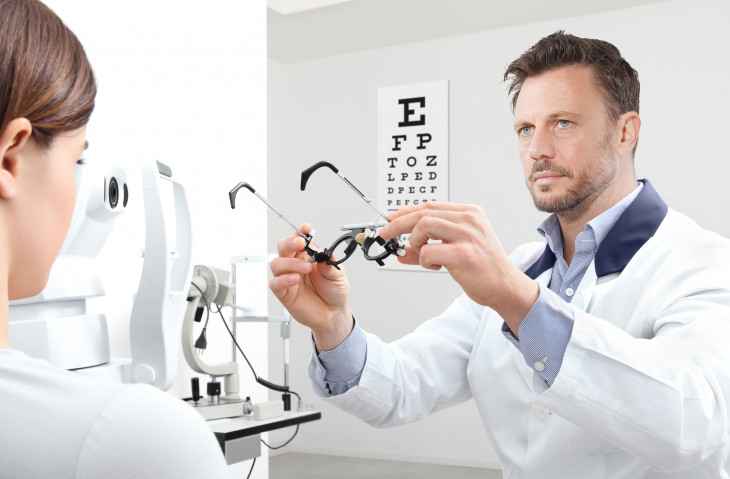Leading Reasons to Visit an Optometrist Chino for Your Eye Health
Leading Reasons to Visit an Optometrist Chino for Your Eye Health
Blog Article
Exploring the most up to date Technological Improvements in Optometry and What They Mean for Eye Doctors
In the ever-evolving field of optometry, current technical improvements are reshaping how practitioners come close to eye care. From the accuracy of Optical Coherence Tomography to the nuanced insights supplied by AI-driven analysis tools, these technologies are establishing brand-new requirements in patient evaluation and treatment. Teleoptometry is poised to redefine availability, making certain that expertise transcends geographical restrictions. As these innovations permeate the technique, optometrists are faced with the challenge of welcoming these devices to improve individual end results. The question stays: exactly how will these technical changes redefine the roles and duties within the career?
Technologies in Diagnostic Equipment
Advancing the area of optometry, innovations in diagnostic devices have actually transformed the way eye treatment experts analyze and detect eye problems and visual disabilities. The previous decade has actually observed significant technical innovations, enabling even more accurate and detailed analyses. Optical Coherence Tomography (OCT), as an example, gives high-resolution cross-sectional pictures of the retina, permitting the early discovery of conditions such as glaucoma and age-related macular deterioration. This non-invasive imaging technique has become important in modern optometric practice.
One more trick development is the introduction of advanced corneal topography systems, which map the surface curvature of the cornea with accuracy. These devices are particularly valuable for suitable get in touch with lenses and detecting corneal problems. Electronic retinal imaging has actually transformed conventional ophthalmoscopy, providing comprehensive, breathtaking sights of the retina that facilitate detailed aesthetic assessments.
The growth of wavefront aberrometry has actually likewise been vital, allowing the analysis of refractive mistakes with unparalleled precision (Opticore Optometry). This technology assists in tailoring restorative lenses and enhancing medical outcomes for refractive surgical treatments. Jointly, these analysis improvements encourage eye doctors to supply exceptional client care, guaranteeing early treatment and customized therapy techniques, ultimately improving visual health end results
AI in Patient Monitoring
Structure on the structure of cutting-edge diagnostic devices, the unification of artificial intelligence (AI) in patient management stands for a transformative jump for optometry. AI systems are increasingly employed to improve effectiveness, accuracy, and customization in individual care.
Furthermore, AI-driven systems assist in streamlined person interactions and administrative processes. Automated organizing, digital appointments, and customized follow-up strategies not just boost patient satisfaction however additionally enhance time management for experts. These systems can triage people based on the necessity of their conditions, making certain that those in critical demand receive timely interest.
In addition, AI enhances decision-making by providing optometrists with evidence-based suggestions and therapy pathways. By incorporating information from digital wellness documents, AI tools supply insights that inform medical decisions, decreasing the danger of errors and boosting individual results. As AI proceeds to develop, its duty in client monitoring will likely broaden, improving the landscape of optometric treatment.
Advances in Retinal Imaging
In the world of optometry, retinal imaging has experienced exceptional technological advancements that are enhancing analysis capabilities and patient care. Innovations such as Optical Comprehensibility Tomography (OCT) and fundus photography have actually revolutionized just how optometrists visualize and examine the retina.
Improved imaging methods like OCT angiography are more refining diagnostic precision. Optometrist Chino. Such improvements facilitate the identification of min retinal modifications that can signify disease development.
Additionally, developments in expert system are augmenting retinal imaging by enabling automated evaluation of large datasets. These systems aid optometrists in recognizing patterns indicative of pathology, therefore enhancing analysis precision and effectiveness. Jointly, these developments are transforming retinal imaging into a cornerstone of modern-day eye treatment, enhancing results and expanding restorative possibilities.
Teleoptometry's Expanding Duty
Teleoptometry is progressively ending up being an essential part of eye treatment, driven by developments in electronic communication and analysis devices. This is especially valuable in rural and underserved locations where access to specialized eye treatment is usually minimal.
The combination of man-made knowledge (AI) additional enhances teleoptometry, enabling the analysis of aesthetic data and aiding in the detection of ocular conditions such Check This Out as glaucoma and diabetic retinopathy. look at more info AI-powered algorithms can quickly interpret complicated imaging information, providing optometrists with valuable insights that bolster clinical decision-making.
Moreover, teleoptometry sustains connection of treatment with smooth combination with digital health and wellness records (EHRs), permitting eye doctors to keep thorough person backgrounds. When seeking advice from with different experts., this makes sure that patients get constant and individualized care even.
In spite of these benefits, obstacles continue to be, including ensuring data protection and managing person expectations. However, teleoptometry represents a substantial stride in the direction of more accessible, effective, and patient-centered eye treatment. As innovation evolves, its duty is poised to increase even more.

Future Patterns in Eye Treatment
A myriad of ingenious trends is readied to improve the future of eye treatment, driven by technological innovations and the progressing needs of people. One significant trend is the combination of fabricated knowledge (AI) in diagnostics, which assures to improve the accuracy and performance of eye evaluations. AI formulas can analyze substantial quantities of information from retinal images, possibly identifying problems like diabetic person retinopathy and glaucoma earlier than traditional approaches.
In addition, individualized medicine is acquiring traction in optometry, with genetic screening informing personalized therapy plans. This approach aims to maximize individual end results by tailoring treatments to private genetic accounts. Wearable technology, such as clever contact lenses, is also imminent, supplying real-time tracking of intraocular stress or sugar degrees, hence click to read giving continual understandings into systemic and eye health and wellness.
The fostering of increased reality (AR) and virtual fact (VR) in training and client education and learning is another arising trend. These modern technologies use immersive experiences that can improve understanding and abilities both for clients and optometrists. As these fads develop, eye doctors must stay abreast of technological advancements to supply sophisticated treatment, ensuring enhanced individual results and fulfillment in the dynamic landscape of eye treatment.
Verdict

Collectively, these analysis developments equip optometrists to supply premium person treatment, guaranteeing early intervention and customized therapy strategies, ultimately boosting visual wellness end results.

As these modern technologies proceed to evolve, optometrists need to adjust and incorporate them into method, inevitably enhancing workflow efficiency and elevating the requirement of eye treatment provided to people.
Report this page